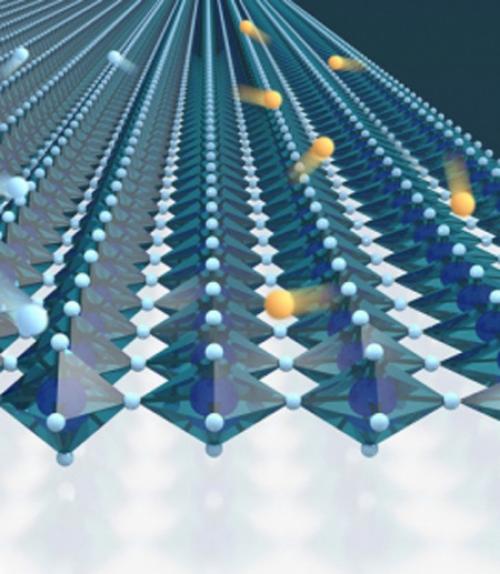
 Department Homepage
The College of Arts & Sciences
Department Homepage
The College of Arts & Sciences
Electrical properties of superconductor altered by 'stretching'
In the early 1970s, in the basement of Clark Hall, the Cornell team of professors David Lee and Robert Richardson, along with then-graduate student Douglas Osheroff, first observed superfluid helium-3. For that breakthrough, the catalyst for further research into low-temperature physics, the trio was awarded the 1996 Nobel Prize in physics.




